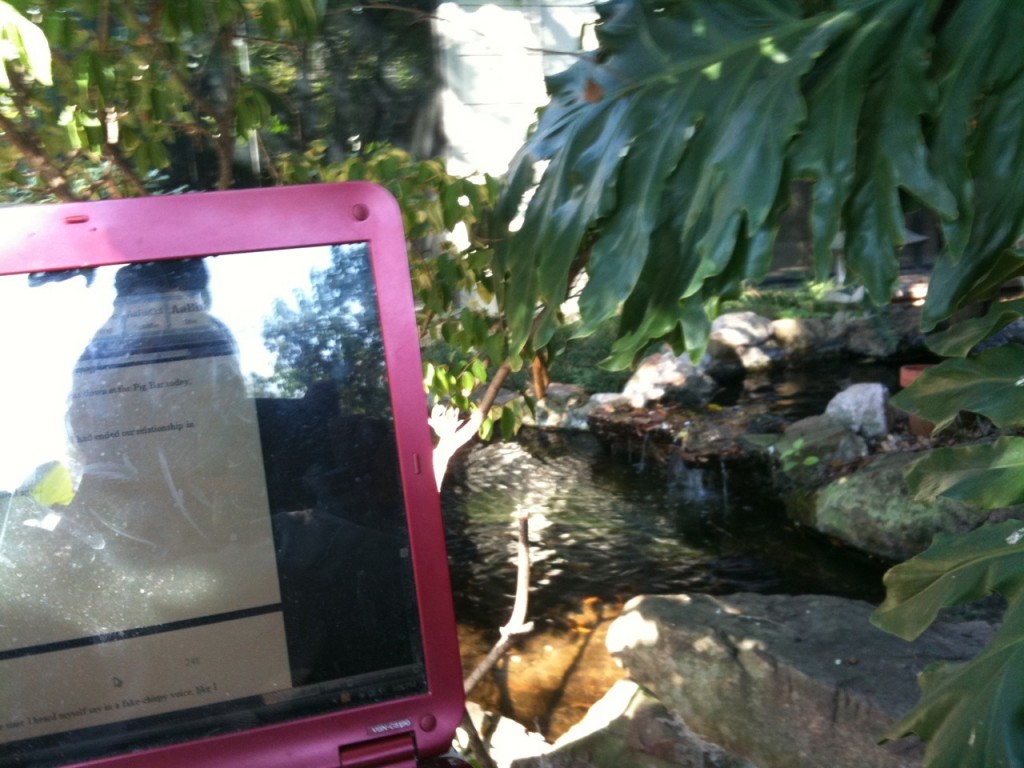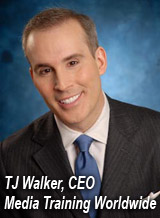Well.
I’ve done TV before. TV is fun. TV is nothing to be afraid. TV is overblown.
Yeah. All that applies until the TV interview is about YOU and one or your LITTLE DARLINGS. Whew! Check out this article and the TV interview that ran on the 6:00 p.m. news in Amarillo on September 10th, after I was in town to do a book signing. The angle was stepparenting and blended families, and the book we’re talking about is my How To Screw Up Your Kids. The news anchor, Lisa Schmidt, did a fabulous job. I don’t even think you can tell that my thighs were dripping with sweat ![]()
Thanks Lisa, and ProNews 7. And thanks TJ Walker for in depth on-camera training, all those years ago!
CLICK HERE to READ and WATCH.
With respect to the video clip, the important issues, for an indie writer, are 1) how did I end up on TV, and 2) what did I do to give a halfway decent interview.
As far as appearing in media, this aint no “if we write it, they will come.” You are an INDIE WRITER. You have accomplished something huge and wonderful, but you are invisible to the world unless you get out there and introduce yourself. That means that you submit story pitches to newspaper, magazine, radio, and TV people. And then you do it again. You make it so easy that they’d be crazy not to use the copy you put together for them.
Is that how I’ve gotten my media appearances? Yes, and no. Definitely, the stories that have run in various papers came from pitches. I recently gave a speech that I was invited to do because of a story that ran because of a pitch. Same thing with the radio interview — I pitched.
But the TV was different. I can promise you it wasn’t the casting couch, though. Here’s the scoop: We paid for an ad to run in the city newspaper the day before the signing at Hastings in Amarillo. As in forking over the dough. Ads aren’t cheap. They do not pay for themselves directly. I won’t tell you what this ad cost, but let’s just say that it caused marital discord and leave it at that. However, for the Amarillo signing, we had a plan and a goal. Our goal was to show Hastings Entertainment that we would expend money and effort to drive buyers to their store. I did evites and a Facebook event to secure attendance. We ran the ad. We did a ton of social media promotion. And on the day before the event, Channel 7 called. Lisa wanted to interview me for her segment, and to do it at Hastings, with footage of the signing.
Which was totally freaking awesome. Luckily, I had media training in my old life. She told us what she wanted to talk to me about, and I wrote down three message points that I wanted to get across. I planned answers to the probable questions that would include reference to my points. She would run only two minutes of footage, so I needed any single answer to “stand alone” for what I wanted people to take away, about me, and about my books. I did not want to sell my books. I wanted to provide a taste of what they — and I — were about.
Hastings was thrilled for the exposure. We were thrilled with it, too, for the long term implications. I now have a media clip to show I can give good TV, which is key to getting more TV time. The clip remains online for future traffic, and the potential of influencing future buyers. We are going to talk to Hastings about distribution of my books soon, and this, plus the excellent numbers at my signing (another 50+ sales day at the signing), certainly help!
Plus…it was fun. Nerve-wracking, yes, but really, really fun.
Ciao!
Pamelot









